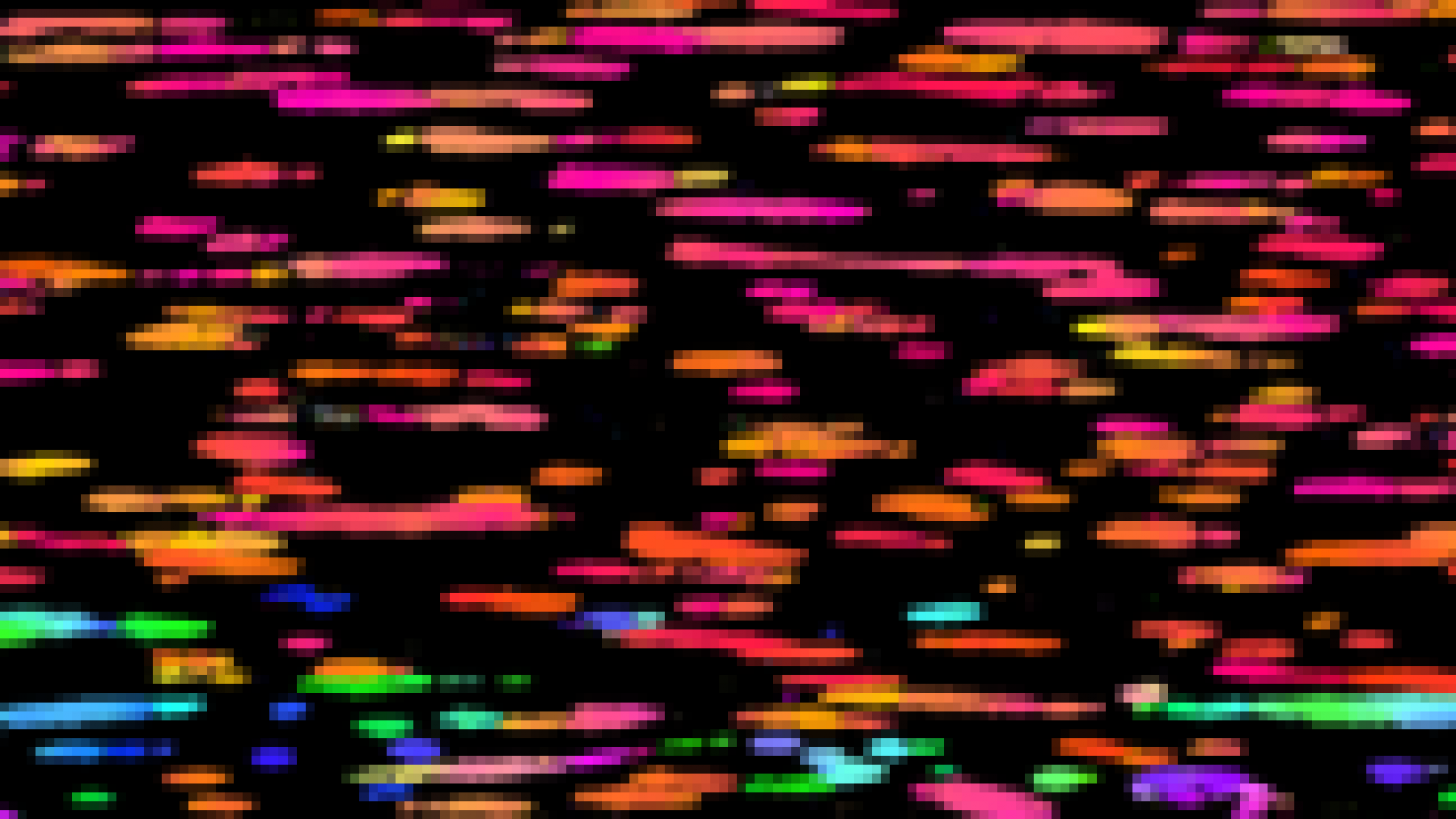The rapidly developing technique of transfer printing on the micro and nanoscales allows the manufacture of high quality, high performance devices on a wide range of substrates in almost any location. This highly versatile capability features a high-precision mechanical pick-and-place assembly technique that utilises the adhesive properties of soft stamps, and the technology has only recently broken into the field of electronics and photonics.
Placing this exciting and highly important development into context, in the 1990s Whitesides (Harvard University Chemistry Dept.), a pioneer in microfabrication and nanotechnology, established the ground-breaking concept of patterning self-assembled monolayers for lithographic, sensing, medical and pharmaceutical applications and termed this micro-contact printing. From this foundation, the technique has evolved into much higher levels of complexity in which micro-transfer printing has recently delivered micro- LED arrays that, for example, feature in flexible displays and provide inorganic analogues of flexible organic light-emitting diodes (OLEDs) – something that was previously thought to be extremely challenging if not impossible.
In this programme, ‘Hetero-print’, we aim to rapidly push this exciting field further by establishing, for the first time and ahead of the international competition, new routes towards the manufacture of heterogeneous devices, consisting of integrated systems made from pure and/or hybrid inorganic/organic materials. The demand for these hybrid approaches is extremely high, because it opens up the prospect of multifunctional devices that organic materials can deliver in tandem with inorganic semiconductor technology. The ambition of Hetero-print is to deliver micro- and nano-transfer printing as the technology for the versatile and scalable manufacture of heterogeneous materials, structures and devices. In achieving this, we will introduce significant new capabilities for the manufacture of electronic, photonic, and other systems, which complement and are synergistic with those of established semiconductor mass-manufacturing methods including vacuum deposition and solution processing.
In this respect, transfer printing is a highly scalable technique and perfectly suited to high volume manufacture, allowing >10,000 micro-sized integrated circuits to be processed in a single run. An issue with many photonic devices is cost, but micro-transfer printing can be economical with the number of print cycles from a single stamp running into the tens of thousands; the technique is also economical in terms of materials waste, providing a methodology to manufacture multiple-array devices in very high yield.
PETER SKABARA
Professor of Materials Chemistry
Ramsay Chair of Chemistry
University of Glasgow
Zoom link and hybrid details to follow.


